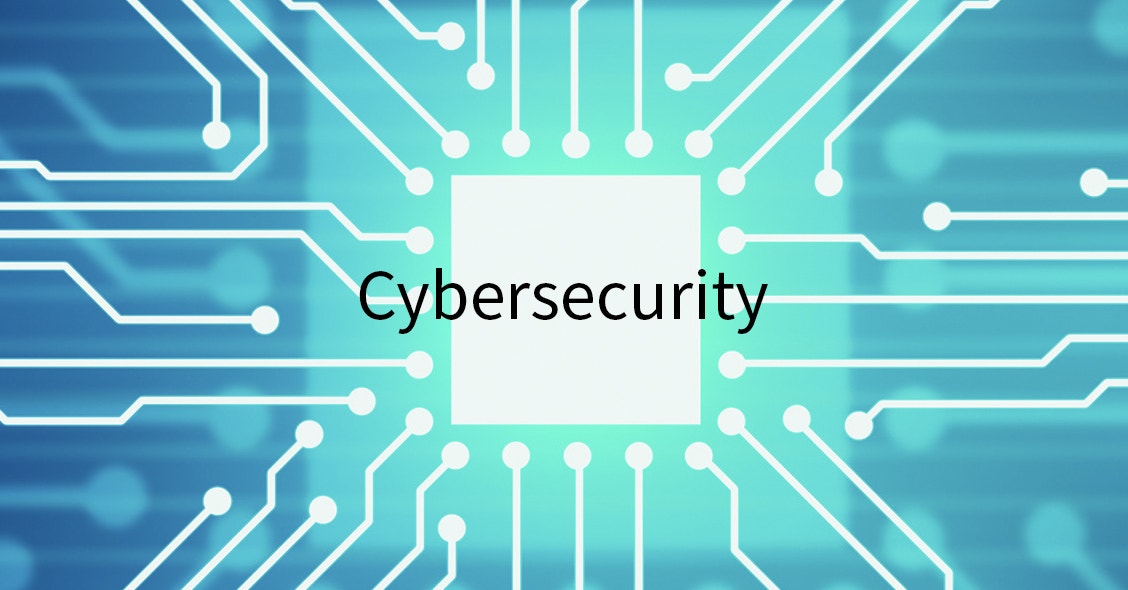
In today's interconnected digital landscape, maintaining robust cybersecurity practices is imperative for organizations across all industries. As threats continue to evolve and become more sophisticated, ensuring compliance with security standards is paramount to safeguarding sensitive data, protecting against cyber threats, and maintaining trust among stakeholders.
1. Understanding PEN Testing and Vulnerability Scanning:
- PEN Testing (Penetration Testing): PEN testing is a proactive approach to identifying and exploiting vulnerabilities within an organization's systems, networks, and applications. It simulates real-world cyber-attacks to assess the effectiveness of existing security measures and uncover potential weaknesses that could be exploited by malicious actors.
- Vulnerability Scanning: Vulnerability scanning involves the systematic examination of IT systems and networks to identify known security vulnerabilities. It helps organizations detect weaknesses in software configurations, missing patches, and other potential entry points that could be exploited by attackers.
2. Ensuring Security Standards Compliance:
- Regulatory Requirements: Many industries are subject to regulatory frameworks and compliance standards governing data protection and cybersecurity. Compliance with standards such as PCI DSS, HIPAA, GDPR, and others is not only a legal requirement but also essential for protecting sensitive information and maintaining the trust of customers and partners.
- Risk Mitigation: PEN testing and vulnerability scanning play a crucial role in mitigating security risks and preventing potential breaches. By proactively identifying and addressing vulnerabilities, organizations can reduce the likelihood of unauthorized access, data breaches, and other security incidents that could result in financial losses and reputational damage.
3. Benefits of PEN Testing and Vulnerability Scanning for Compliance:
- Identifying Weaknesses: PEN testing and vulnerability scanning help organizations identify weaknesses in their security infrastructure before they can be exploited by malicious actors. By conducting regular assessments, organizations can stay ahead of emerging threats and ensure continuous improvement in their security posture.
- Demonstrating Due Diligence: Compliance with security standards requires organizations to demonstrate due diligence in protecting sensitive data and mitigating cybersecurity risks. PEN testing and vulnerability scanning provide tangible evidence of proactive efforts to identify and address vulnerabilities, helping organizations meet regulatory requirements and uphold industry best practices.
Planning for Success
1. Define your scope and objectives:
- Identify critical assets: Prioritize systems containing sensitive data or supporting core business functions.
- Align with compliance requirements: Understand relevant standards like PCI DSS, HIPAA, or GDPR and their testing mandates.
- Set clear objectives: Specify desired outcomes, such as identifying critical vulnerabilities or verifying security controls' effectiveness.
2. Choose the right approach:
- Internal or external testing? Consider internal expertise, budget constraints, and desired attack simulation depth.
- Black, white, or grey box testing? Each offers varying levels of information access and attack simulation intensity.
- Vulnerability scanner selection: Evaluate features, compatibility, and alignment with your needs and budget.
3. Establish communication channels:
- Stakeholder communication: Inform key personnel about testing goals, potential disruptions, and expected outcomes.
- Internal team alignment: Ensure IT, security, and development teams understand their roles and responsibilities.
- Third-party communication: If using external testers, clearly define scope, access limitations, and reporting procedures.
Implementation:
4. Conduct vulnerability scanning:
- Schedule regular scans: Automate scans at defined intervals (e.g., weekly, monthly) to capture new vulnerabilities.
- Prioritize vulnerabilities: Focus on high-risk vulnerabilities affecting critical assets first.
- Remediate vulnerabilities: Develop a patch management plan and address identified vulnerabilities promptly.
5. Execute PEN testing:
- Simulate real-world attacks: Mimic attacker tactics, techniques, and procedures (TTPs) relevant to your threat landscape.
- Document findings: Capture detailed reports outlining identified vulnerabilities, exploitation methods, and remediation recommendations.
- Address findings: Prioritize critical vulnerabilities and implement mitigation strategies based on the PEN test report.
Maintaining Momentum
6. Continuous improvement:
- Review PEN test and vulnerability scan reports regularly: Analyze trends, identify emerging threats, and adjust your security posture accordingly.
- Conduct ongoing security awareness training: Educate employees on cyber threats and safe practices to minimize human vulnerabilities.
- Stay updated on evolving threats and compliance requirements: Regularly assess your program's effectiveness and adapt to address new challenges.
7. Third-party partnerships:
- Consider ongoing vulnerability management services: Supplement your internal expertise with managed services for continuous scanning and analysis.
- Partner with experienced PEN testers: Seek specialized expertise for complex assessments or targeted penetration testing based on specific threats.
Embrace Ongoing Security
By following these steps and adopting a continuous improvement mindset, IT managers can establish a robust PEN testing and vulnerability scanning program. This empowers them to proactively identify and address security weaknesses, ensuring compliance with security standards, protecting sensitive data, and ultimately, achieving a more secure and resilient IT environment.
Schedule a Consultation Today!
Ready to take your organization's cybersecurity to the next level? MelroseINC offers comprehensive PEN testing and vulnerability scanning solutions tailored to your specific needs and compliance requirements. Schedule a free consultation with our security experts today to discuss your unique challenges and explore how we can help you achieve and maintain robust security posture.
Remember, cybersecurity is an ongoing journey, not a destination. By taking proactive steps and embracing continuous improvement, you can ensure your organization remains secure in the face of ever-evolving threats.







